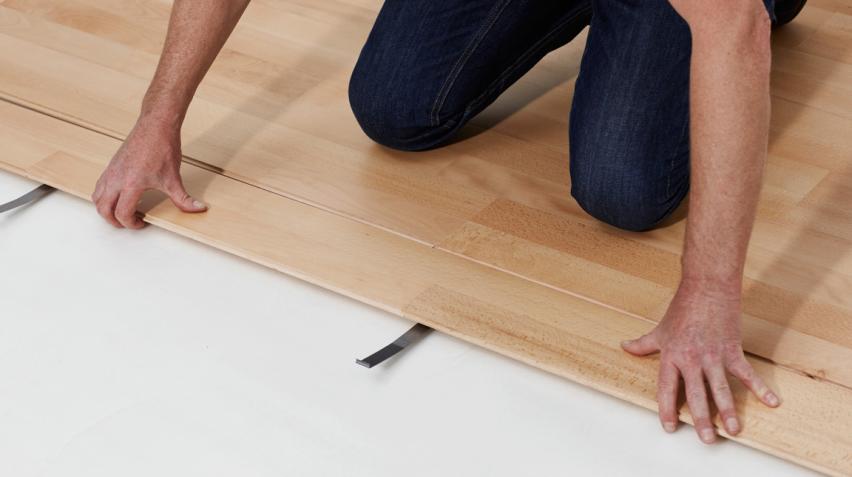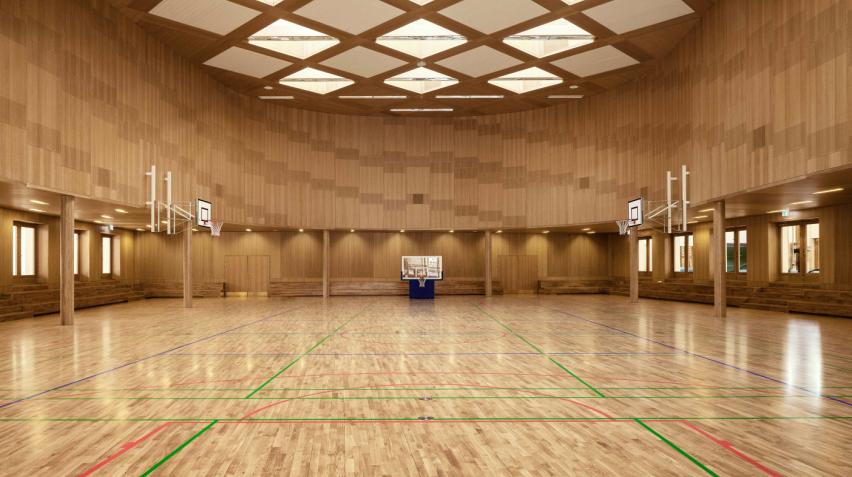What Is the Best Flooring for a Dance Floor? A Practical Guide
Choosing the right flooring is a critical decision for any dance studio, performance venue, or multi-purpose hall. The best dance floor must deliver a balance of safety, durability, and performance tailored to the unique demands of dance.
In this practical guide, we break down the most common dance floor materials—highlighting their strengths, considerations, and maintenance needs. Whether you’re an installer, specifier, or facility manager, you’ll find clear, actionable insights to help you identify the optimal flooring solution for your project’s requirements and long-term goals.
Key Factors to Consider When Choosing the Best Flooring for Dance Floor
Selecting the best flooring for dance floor installations requires careful attention to technical performance, user safety, and operational needs. For sports floor installers, architects, and building owners, the right dance floor must deliver:
- Shock absorption to reduce injury risk and fatigue, especially during repetitive movements.
- Friction for consistent grip, preventing slips while enabling smooth pivots and slides.
- Durability to withstand heavy use, high-impact routines, and frequent events.
- Compliance with standards such as EN 14904 to ensure the floor’s suitability for professional dance and sports use.
- Maintenance considerations for ease of cleaning, repair, and refinishing over time.
- Versatility for venues hosting multiple dance styles or events, including flexible solutions like portable systems or surface finishes suitable for varied use.
To learn more about suitable flooring solutions for both permanent and flexible venues, visit the page on sports flooring solutions from Junckers.
Overview of Common Dance Floor Materials
When evaluating the best flooring for dance floor projects, it’s important to compare the main material options and their respective advantages.
Solid Hardwood: Performance, Resilience, and Longevity
Solid hardwood stands as the benchmark for professional dance floors. Sourced from species like beech, ash, and maple, these floors offer:
- Exceptional shock absorption and resilience, protecting dancers’ joints and muscles.
- Consistent surface response that is crucial for precise footwork and choreography.
- Longevity, with the ability to sand and refinish hardwood floors multiple times.
- Aesthetic appeal, with diverse grading and finishing options to match any venue’s style.
Junckers’ solid hardwood systems, manufactured at 22 mm thickness, are designed for both fixed and portable installations, meeting international standards for dance and sports applications.
Vinyl and Marley Flooring: Versatility for Various Dance Styles
Vinyl and Marley floors are popular in multipurpose studios and schools. They provide:
- A smooth, uniform surface with moderate grip, suitable for ballet, modern, and jazz.
- Simple installation and low maintenance requirements.
- Flexibility for temporary or portable applications.
However, they may be susceptible to damage from high heels or heavy equipment, and typically lack the natural resilience and refinishing potential of solid hardwood.
Alternative Materials: Linoleum, Acrylic, and Portable Floor Solutions
Other materials, such as linoleum, acrylic, and portable panels, offer niche benefits:
- Linoleum is durable and eco-friendly, suited for high-traffic environments but less common in dedicated dance studios.
- Acrylic and glass are used for event flooring where visual impact is a priority and often incorporate lighting effects.
- Portable panels are lightweight, modular solutions ideal for temporary events or venues with changing needs. For high-performance modular options, see the range of portable dance floors designed for professionals.
While these options have their uses, they may not deliver the same level of performance or longevity as a purpose-built hardwood or vinyl floor.
Why Solid Hardwood Is Considered the Best Flooring for Dance Floor
Solid hardwood is widely regarded as the best flooring for dance floor installations, particularly in venues prioritizing performance and durability. Key reasons include:
- Compliance with EN 14904, ensuring optimal shock absorption, ball bounce, and uniform surface performance.
- Long-term value, with the ability to sand and refinish hardwood floors for decades of reliable use.
- Consistent friction, as factory-applied finishes deliver the right balance of grip and glide for safe, confident movement.
- Sustainable sourcing, with Junckers offering FSC-certified options and EPD documentation to support environmentally responsible projects. Find the necessary certificates and compliance documentation to support your project requirements.
- Visual quality, as natural wood enhances the aesthetic of any venue and offers varied wood species and gradings to accommodate different design visions.
For professional installers, specifiers, and building owners, solid hardwood floors deliver not only superior functionality but also peace of mind in terms of safety, compliance, and cost-efficiency over time.
Fixed Versus Portable Dance Floor Systems—Choosing the Right Installation Type
Choosing between fixed and portable systems is a crucial step when specifying the best flooring for dance floor projects.
|
Fixed dance floors |
Permanently installed, offering maximum stability and performance and are ideal for dedicated dance studios, sports halls, and arenas. |
|---|---|
|
Portable dance floors |
Provide flexibility for multi-use venues, events, or locations requiring fast installation and removal. These floors are engineered for repeated assembly and transport, with options for custom markings and branding. |
To explore modular dance flooring systems suitable for a wide range of venues and requirements, browse the portable floor system selection.
Maintenance Tips for Extending the Life of Your Dance Floor
Proper care is essential for preserving the best flooring for dance floor environments. Follow these best practices:
- Daily: Sweep or dry mop to remove dust and debris, and avoid harsh chemicals.
- Weekly: Inspect for damage, particularly in high-traffic areas.
- Monthly: Deep clean and, if appropriate, polish or seal the surface.
- As needed: Sand and refinish hardwood floors to restore appearance and performance, following manufacturer recommendations for products and techniques.
For in-depth advice and practical maintenance solutions, consult Junckers’ guide to maintenance and refurbishment of wooden sport floors.
Routine maintenance not only ensures dancer safety but also protects your investment for the long term.
Technical Documentation and Compliance for Dance Floors
For architects, specifiers, and building owners, robust technical documentation is a vital part of selecting the best flooring for dance floor projects. Key documents include:
- EN 14904 certification, confirming compliance with international standards for sports and dance flooring.
- FSC certification, demonstrating sustainable sourcing of hardwood materials.
- EPD (Environmental Product Declaration), providing transparency on environmental impact and lifecycle.
Access all relevant certificates and compliance information for your specification needs in the certificates library.
Real-World Examples: Installing the Best Flooring for Dance Floor with Junckers
Junckers’ solid hardwood dance floors have been installed in a wide range of venues, from professional dance studios and performance halls to multi-purpose arenas and event spaces. These projects highlight:
- Tailored system selection for specific performance requirements.
- Seamless integration with venue design and branding needs.
- Positive feedback from installers, facility managers, and dancers on safety, comfort, and ease of maintenance.
For inspiration and technical insight, see project references such as Sydney Dance Company, Dansestudie.dk, Building Block Dance Studio, and the Conservatory of Music and Dance – Vitrolles.
Ready to Specify or Install the Best Flooring for Dance Floor? Contact Junckers
If you are planning a new dance studio, upgrading an existing facility, or seeking a reliable partner for performance flooring, Junckers is ready to assist. Our team offers specification support, technical documentation, and practical guidance to ensure your project’s success.



